Casting silicone in a silicone mold is a fun and practical way to create custom parts, tools, or designs right at home. It works great because silicone molds are flexible, easy to reuse, and perfect for detailed shapes.
But here’s the catch, can you pour silicone into a silicone mold without it sticking?
The answer is yes, but only if you use the right release agent. Without it, the new silicone can bond to the mold and ruin your project.
In this guide, you’ll learn when casting silicone in a silicone mold works, what materials you need, and pro tips to keep everything from sticking or failing. Let’s make sure your next mold project goes off without a hitch.
Casting Silicone in a Silicone Mold: What You Need to Know First
You can cast silicone in a silicone mold, but the process has some special steps. The types of silicone you use, and surface prep make a big difference in your results.
Yes, It’s Possible, But It Depends on the Right Materials
The type of silicone used to cast silicone in a mold matters. Platinum-cure silicone gives smoother results and is best for strength and flexibility.
You should not cast platinum-cure silicone into a mold made from platinum-cure silicone unless you have a good mold release. Platinum-to-platinum can stick together, making it almost impossible to separate.
A better option is to use a tin-cure silicone mold and cast platinum-cure silicone into it. This pairing reduces sticking. Always check the instructions or manufacturer guides for mold compatibility and casting silicone compatibility.
If you want to cast silicone in a silicone mold made of the same type, always use a mold release agent. A proper mold release spray or liquid forms a barrier so the two types of silicone do not bond.
Quick Guide:
|
Casting Silicone |
Mold Material |
Use Release Agent? |
|
Platinum-cure |
Tin-cure silicone |
No |
|
Platinum-cure |
Platinum-cure |
Yes |
|
Tin-cure |
Tin-cure silicone |
Yes |
Why Casting Silicone-on-Silicone Can Be Tricky
Silicone likes to stick to itself. When you cast silicone in a mold without a release agent, the two surfaces may bond tightly, making it hard or even impossible to remove the finished part.
Common problems include:
- The new silicone fusing with the mold.
- Air bubbles get trapped, which leaves holes or weak spots on your cast.
- The surface of the mold can inhibit curing, especially if there is any contamination or if the silicone types do not match well.
- Incomplete curing can happen if the materials interfere with each other.
Careful prepping helps avoid these problems. Always ensure your mold and casting silicone are clean and compatible and do not skip the mold release if needed.
Check Out Related Products:
|
|
Resiners® AirLess Pro Resin Bubble Remover MachineKill 99.99% of resin bubbles in just 3 minutes with the new AirLess Pro. Faster suction, bigger capacity, smart timing, and low-noise design. Built tough for all resin types. |
|
|
Resiners® AirLess Lite Resin Bubble Remover MachineKill bubbles fast with Resiners AirLess Pro and Lite. Enjoy up to 99.99% bubble removal in minutes, powerful suction, smart timing, low noise, and sleek design. From beginners to pros, handle any resin with ease. Compact or high-capacity, both deliver flawless results without mess or hassle. |
 |
AirLess Bubble Removal MachineRemove 99% of bubbles fast with Resiners AirLess. It hits -95kPa vacuum with smart sensors and runs at 12L/min for quick, clean results. One-touch screen, strong seal, and safe design make it easy for anyone to use. Fits most mixing cups and gets the job done in 5 to 9 minutes. |
How to Successfully Cast Silicone in a Silicone Mold
Casting silicone in a silicone mold can be challenging because silicone has a tendency to stick to itself. To prevent damaged molds and stuck castings, it's important to use the right materials, carefully match your silicones, and pay close attention when removing the cast.
Use a Release Agent or Barrier
Silicone wants to bond with other silicones, so you need a good release agent. Commercial mold release sprays like Ease Release™ work well and are easy to use. They make a thin barrier so your casting does not stick.
If you do not have a spray, use talcum powder, petroleum jelly, or PVA (polyvinyl alcohol). Dusting the mold with talcum powder is easy and effective. A thin layer of petroleum jelly also helps with sticky spots. PVA can be brushed or sprayed on and works well for detailed molds.
Coat every part of the mold that will touch the liquid silicone. Missed spots can cause the casting to get stuck. Use as little release as possible. If you use too much release, you may lose fine surface detail.
Choose the Right Silicone Types
You need to think about how different silicones react with each other. Platinum-cure and tin-cure silicones do not always bond, so use one for your mold and the other for your casting. This helps lower the chance of sticking.
A common approach is to pour platinum-cure silicone into a tin-cure mold or the opposite. This incompatibility helps you remove the final piece more easily.
You should never cast platinum-cure silicone into a platinum-cure mold, unless you use a potent release agent. They will stick almost every time. Read the labels on your silicone kits to check their cure type.
Post-Curing and Demolding Techniques
Demolding silicone from silicone takes some care. Do not rush, or you could tear your piece or mold. Gently pull around the edges and slowly peel your casting out.
If the casting is stuck or you want extra help, put the mold in a freezer for 10-20 minutes. The silicone will shrink when cold, making it come out easier.
Here are some extra tips:
- Avoid using sharp objects that may cut the mold or casting.
- Use gentle twisting or flexing of the mold to loosen the piece.
- If trouble remains, repeat a light release agent application before another try.
With these methods, you will succeed better and protect your mold and project.
📌 Also Read: How to Make Resin Molds at Home
Alternative Solutions If Silicone-on-Silicone Doesn’t Work
Sometimes, casting silicone in a silicone mold can be hard because the materials can stick together. If you are having trouble, you can try several other options.
One way is to make a secondary mold. For example, you could create a silicone shape, and then use resin or plaster to make a master mold. Once you have this, you can use it for new silicone castings. This helps avoid the sticking problem.
You can also use 3D-printed molds. These are made by printing your design in plastic using a 3D printer. They come out smooth and can be used with release agents to keep your silicone from sticking.
Urethane molds are another popular choice. Urethane is strong, and it works well as a mold material for casting silicone parts. Since urethane does not bond with silicone like other molds, your cast should release easily.
Here’s a quick look at some alternatives:
|
Material |
Main Benefit |
|
Resin |
Strong and holds detail |
|
Plaster |
Easy to shape and cheap |
|
3D-Printed |
Custom shapes are simple |
|
Urethane |
Releases silicone easily |
If you want to avoid problems altogether, always use mold release spray before casting. This helps the silicone come out of any mold, even if you use silicone-on-silicone.
📌 Also Read: Jewelry Resin Guide 2025
Pro Tips for Casting Silicone in a Silicone Mold Like a Pro
When working with silicone molds and casting, using the right technique stops pieces from sticking, ruining, or not curing. Simple steps, like picking the right materials and keeping your work area free from problems, can make all the difference.
Use Different Curing Systems
Silicone can bond to itself if you use the same type for both the mold and the casting. To prevent this, use platinum-cure silicone when your mold is made from tin-cure silicone. These two silicones have different chemicals, so they will not chemically bond together.
Choose the right combination:
- Tin-cure mold with platinum-cure casting: Good choice.
- Platinum-cure mold with tin-cure casting: Also works.
- Same type for both mold and casting: High chance of sticking.
This tip keeps your castings easy to remove and protects your molds from early wear.
Always Use a Release Agent
A release agent helps keep your silicone casting from sticking inside the mold. Even if you are using different types of silicone, it is smart to use a release spray or brush-on product every time. These sprays leave a thin layer that acts like a barrier, making it much easier to get your part out.
Tips for using release agents:
- Spray a light, even coat inside the mold.
- Let it dry for a few minutes before pouring silicone.
- Use a release made for silicone, not just any spray.
- This step can help your mold last longer and prevent bits of silicone from tearing.
Avoid Inhibition Zones
Some materials and products can stop silicone from curing right. These "inhibition zones" can leave your casting sticky or soft. Common problems include sulfur in clays, latex gloves, certain paints, and some adhesives.
To avoid inhibition:
- Do not use sulfur-based modeling clays for sculpting original shapes.
- Wear vinyl or nitrile gloves instead of latex.
- Keep paints, adhesives, or cleaning chemicals away from your casting area.
- If you’re unsure about a material, test it with a small batch of your silicone first.
Paying attention to these problem spots, you help ensure a smooth cure every time.
Conclusion: You Can Cast Silicone in a Silicone Mold. Just Do It Right
You can cast silicone in a mold, but you must use a mold release so your cast doesn’t stick to the mold. Silicone likes to bond with itself, so skipping this step can ruin your cast and mold.
Use a spray or brush-on release made for silicone. Some people use spray wax or even a thin layer of petroleum jelly. Always check your silicone brand’s instructions for best results.
Choosing quality materials also matters. Not every silicone works well for every project, so select a mold and casting silicone designed to go together.
Here’s a quick checklist:
✅ Apply mold release to every surface inside the mold.
✅ Use fresh, clean silicone for casting.
✅ Pour slowly to avoid bubbles.
Patience is key. Let each layer cure fully before demolding to avoid damaging your piece.
This method works for many projects, such as cosplay props, toys, or squishes. With the right tools and careful prep, silicone molds can produce detailed, flexible casts many times.
Frequently Asked Questions
Casting silicone into silicone molds raises questions about compatibility, materials, process steps, and common problems. Knowing the basics can help you achieve smooth results and avoid mistakes.
Can you cast silicone in a silicone mold?
Yes, you can cast silicone in a silicone mold, but you need to use a mold release. Without it, the two silicone surfaces may bond and stick together. A proper release agent creates a barrier so the casting can be removed easily. Always check that both the casting and mold silicones are compatible.
What type of silicone is best for casting into silicone molds?
Platinum-cure silicone is best for casting into silicone molds. It cures smoothly and has less shrinkage compared to other types. This type is also more flexible and durable, making it ideal for detailed or reusable casts. Make sure to choose a brand that’s meant for mold-making and casting.
Do you always need a mold release when casting silicone into silicone?
Yes, a mold release is usually needed when casting silicone into silicone. Silicone can stick to itself, which makes it hard to separate the mold from the finished piece. A release agent prevents bonding and helps with clean removal. Always test the release on a small area first.
Why did my silicone stick to the mold?
Silicone sticks when you do not use a release agent or if the mold surface is not clean. Using the wrong type of silicone can also cause sticking. Make sure both your mold and casting materials are compatible.
How long does it take for silicone to cure in a mold?
Silicone often sticks to the mold if you don’t use a mold release or if the surfaces are not clean. It can also happen if the wrong types of silicone are combined. Always check if your mold and casting silicone are compatible. Using a proper release spray helps avoid this issue.




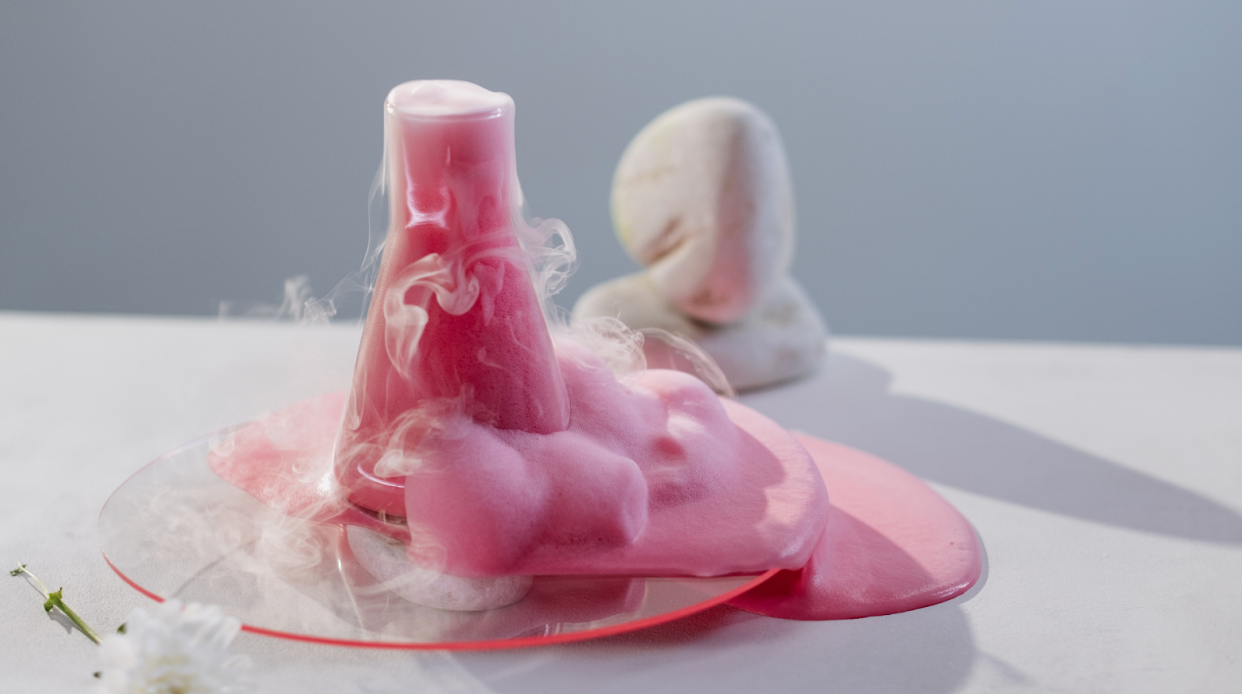
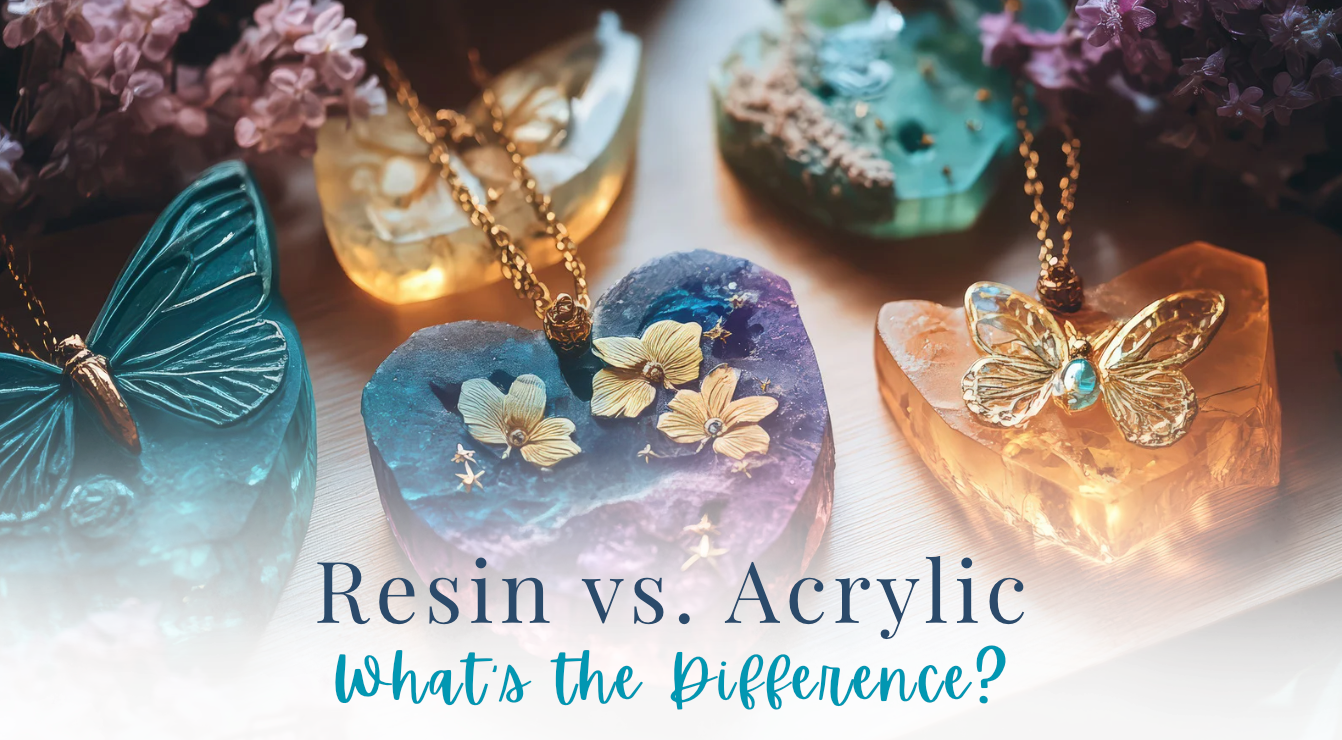
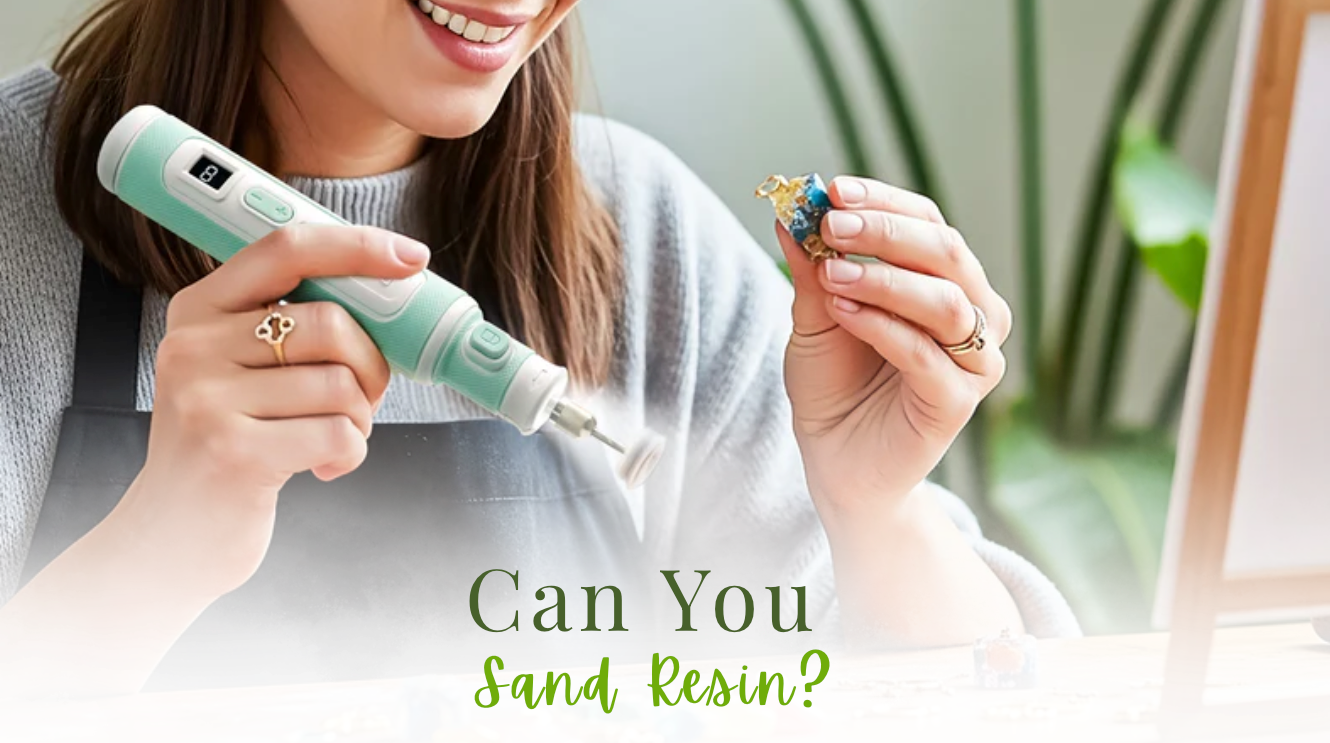
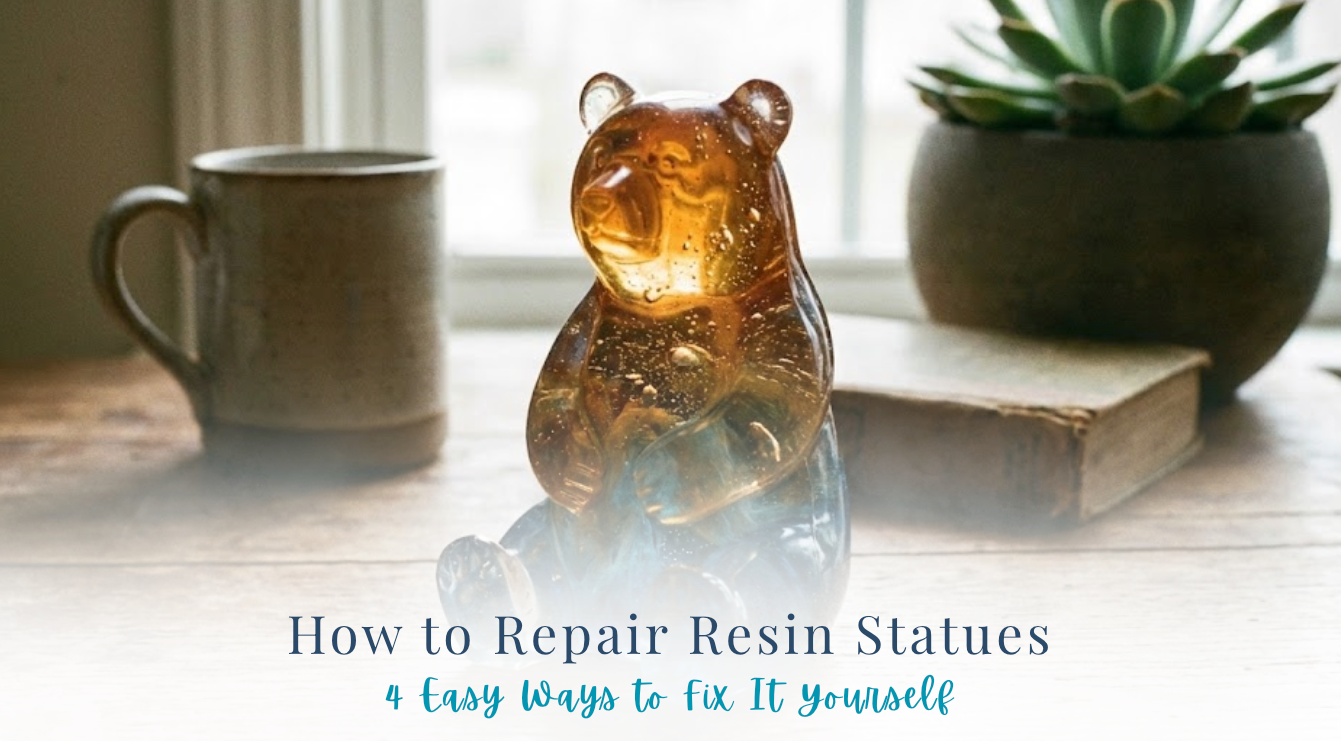

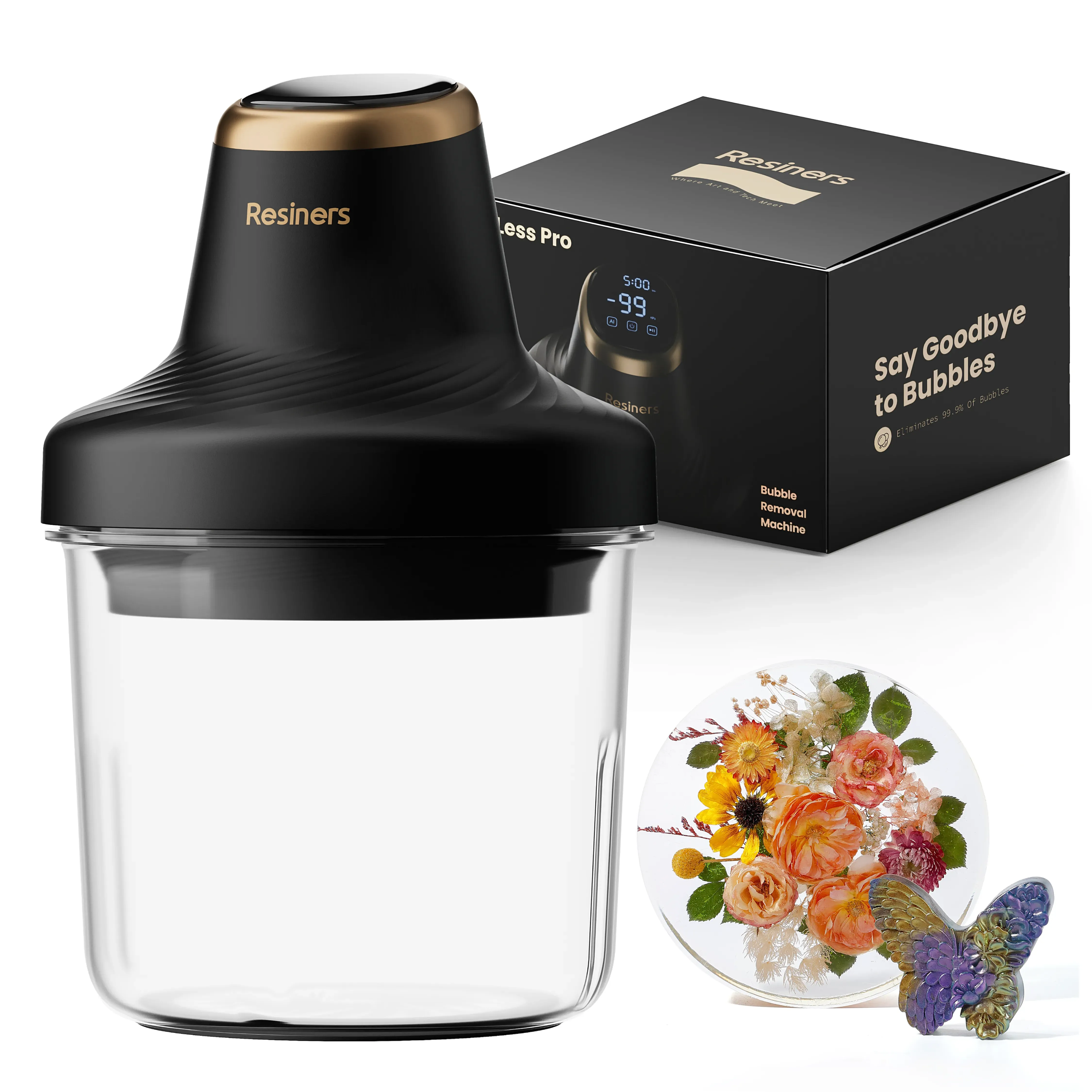



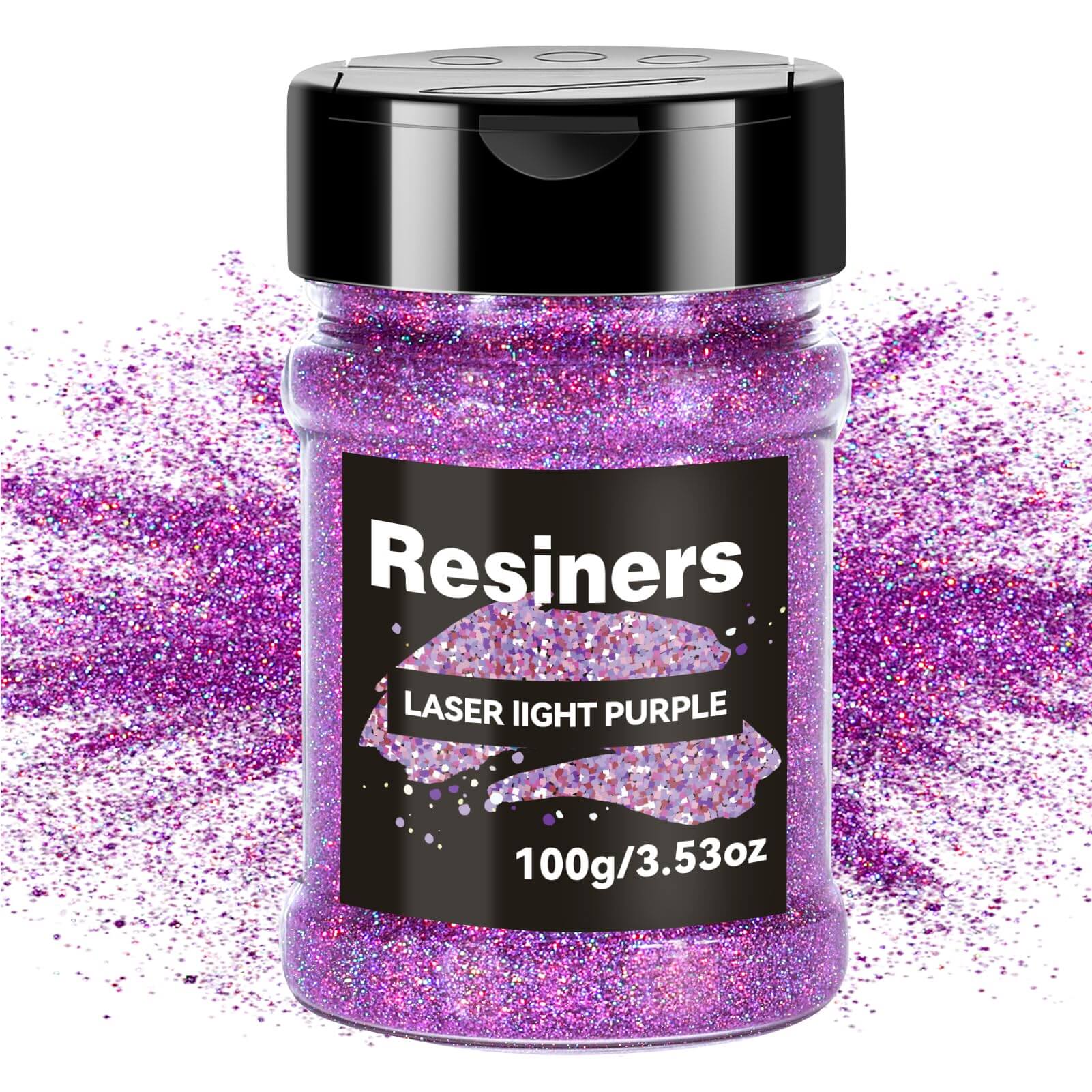
Laisser un commentaire
Ce site est protégé par hCaptcha, et la Politique de confidentialité et les Conditions de service de hCaptcha s’appliquent.